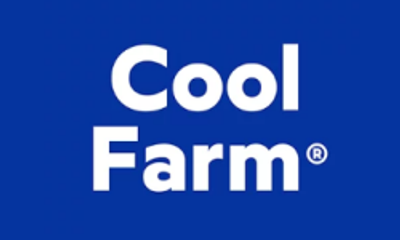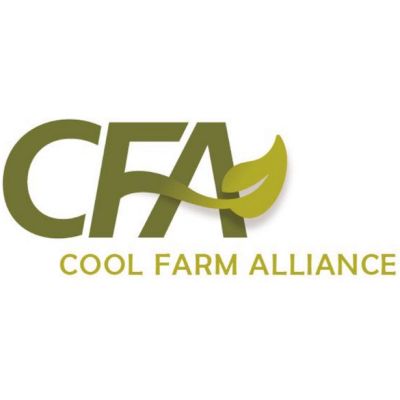

- Home
- Companies
- Cool Farm Tool (CFT)
- News
- Desk Study for Strawberries in ...

Desk Study for Strawberries in Glasshouse Systems
Following a broader interest in controlled environment farming systems, Beeswax Dyson Farms enabled the Cool Farm Alliance to advance relevant research by funding a preliminary desk study for glasshouse grown strawberries.
Dr. Alicia Ledo carried out this study with the goal to
- Understand the carbon fluxes associated with glasshouse growing of strawberries
- Ascertain an approximate GHG footprint based on available data
- Understand any differences between strawberry glasshouse production and broader controlled environment farming
- Undertake a gap analysis of both methods and science of the current Cool Farm Tool and the requirements for controlled environment farming.
The report found that, when calculating a GHG footprint for Beeswax Dyson’s strawberry glasshouses, emissions would be between 7.7 and 9.3 t CO2-eq per tonnes of strawberries per year, depending on management scenarios. With 75%, coir production (an off-farm process) accounted for the largest share of total emissions and is expected to be the main GHG emission source in controlled environments.
It is important to remember that the evaluation wasn’t a full GHG analysis, and that the numbers and results achieved are indicative as well as conservative. The analysis did not include a scenario in which all the residues are used as feedstock. Another factor not considered in the report was the potential energy surplus resulting from glasshouse production, which can be quite demanding, but in this case not relevant due to the on-farm anaerobic digester plant being the main energy source. In order to get to an accurate value for product footprints, a proper analysis is required.
As result of the gap analysis, a number of methodological gaps between the structure and process of controlled environments and the current Cool Farm Tool. For example, in many controlled environment systems no soil is used to grow crops which is a central part of the CFT crop pathway. Also, the use of anaerobic digestion (AD) for crop residues requires a method review. The Cool Farm Alliance team is now assigning these gaps and will determine how to move forward.
